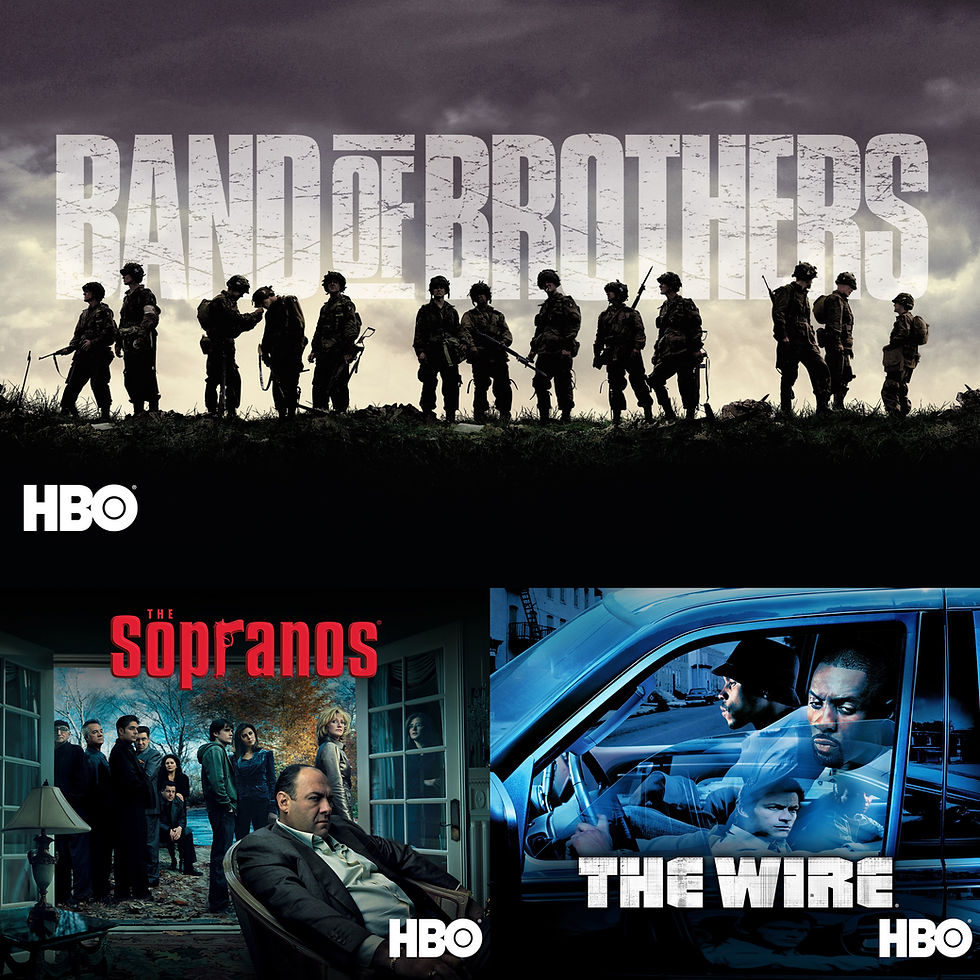Film Noir: A Beginner's Guide
- erosegerity
- Aug 15, 2021
- 2 min read
Updated: Mar 2, 2023

Film Noir refers to a type of film that gained popularity in the 1940s and 50s, primarily in Hollywood. These films deal with crime and the seedy underbelly of society, often including gangsters, detectives and private investigators, and corrupt practices.
Films Noir were heavily influenced by the German Expressionism film movement of the 1910s and 20s. Visual motifs in films noir often include low-key lighting with an emphasis on shadows, high-contrast black and white photography, Dutch angles, and unconventional framing and composition.
Stock characters often feature in noir, such as the femme fatale, an alluring but suspicious woman who often pulls the protagonist into the criminal world. The protagonist is often a private eye figure, sometimes a detective but sometimes just an ordinary man that becomes entangled in the events of the film.
Films noir often utilize flashbacks as a framing device, with the protagonist narrating the past events as they unfolded. The protagonist is typically reluctant to become involved in the events of the film until they lured into it by a femme fatale, the promise of compensation or some item of value, or to uncover a conspiracy. The plots of noir films are often convoluted, with double crosses and red herrings.
Film scholars debate on whether film noir is a genre or not; some scholars believe that true film noir is temporally and geographically limited to World War II and post-war era Hollywood because many (though not all) directors of film noir were originally involved in German Expressionism in Europe, and fled to Hollywood during the rise of the Nazi Party.
These scholars argue that film noir is not a genre because it could not have existed without the influence of WWII and the flight of expressionist directors to Hollywood. Noir films made after this classic period are generally considered "neo-noir."
Neo-noir films from the 1960s and onward often utilize the visual and narrative elements of classic noir, but also consciously acknowledge and subvert the archetypes and narrative conventions of the classics. The femme fatale may become a more tragic figure than villainous, and the protagonist more morally ambiguous than heroic.
The elements of nihilism, crime and corruption, hardboiled dialogue, and convoluted plot present in classic noir have made their way into a variety of films such as Chinatown (1974), Blade Runner (1982), Who Framed Roger Rabbit (1988), Basic Instinct (1992), Pulp Fiction (1994), and The Big Lebowski (1998). While these elements may be altered, subverted, or placed in a different setting, they are easily recognizable as hailing from the classics.
By @reelworld_reviews
RATE THIS ESSAY
6
5
4
3










Comments